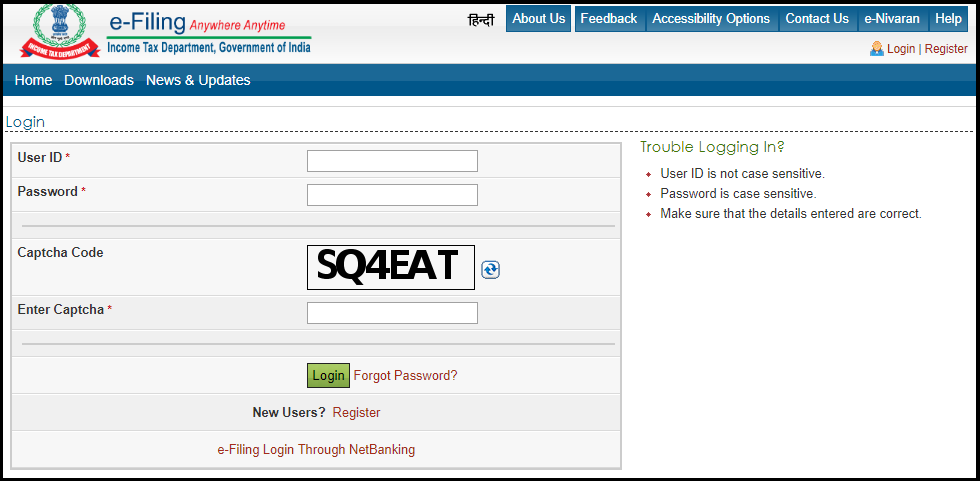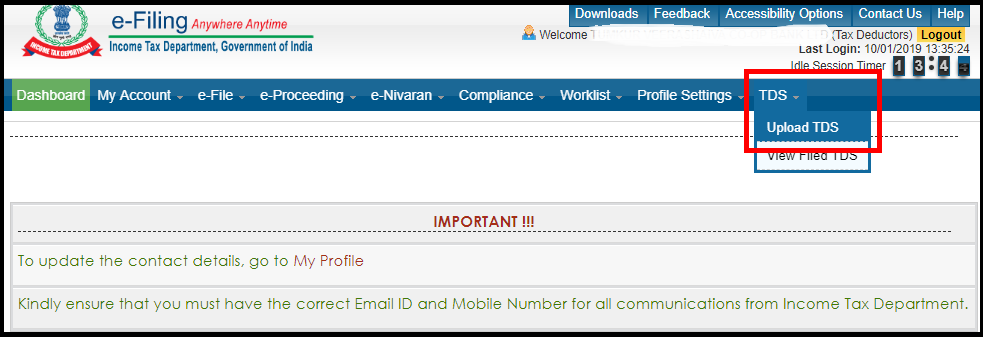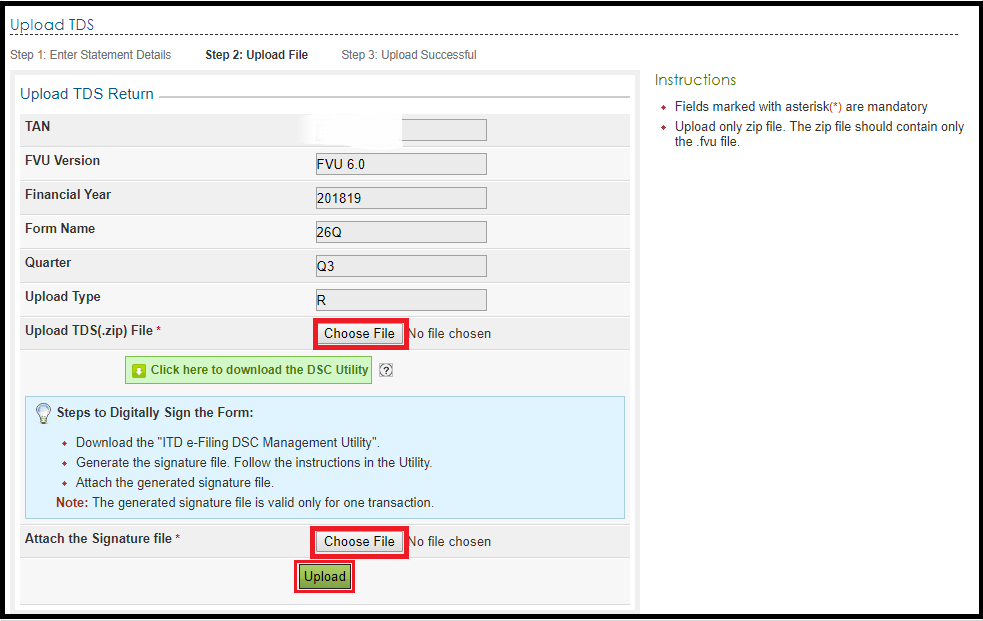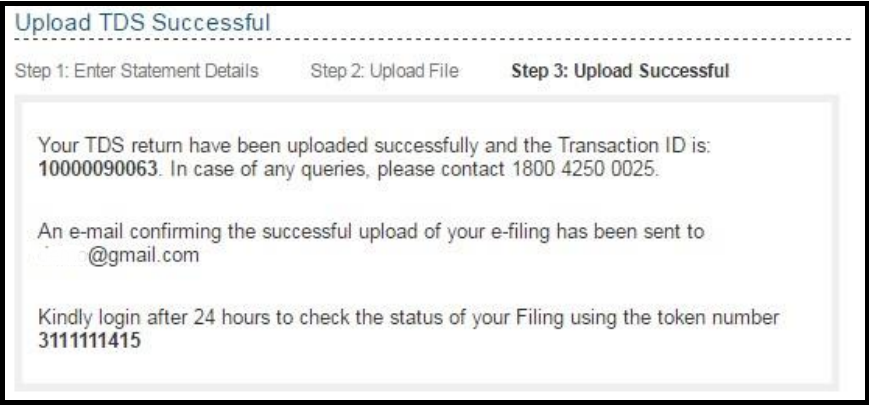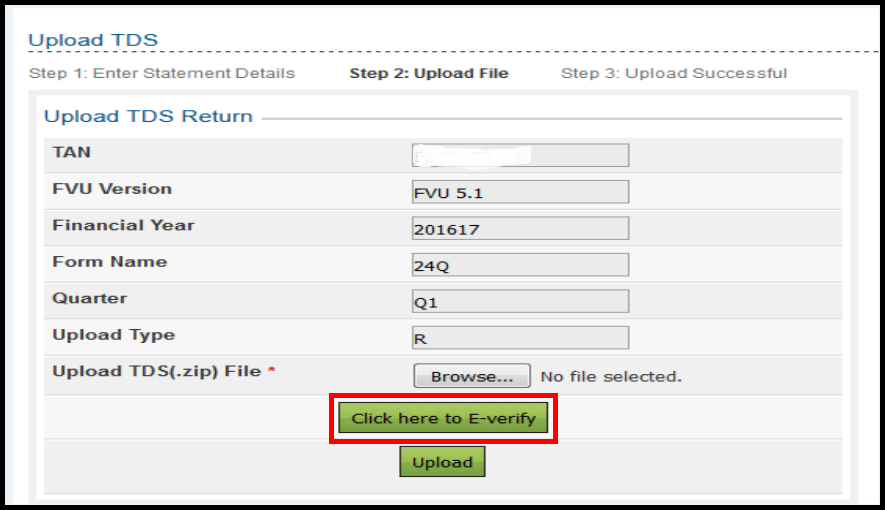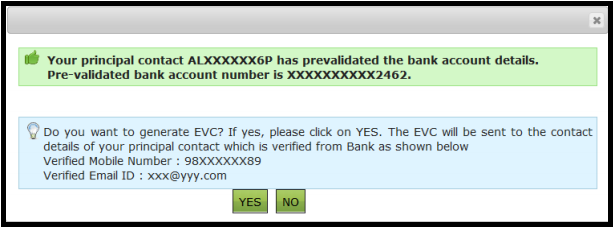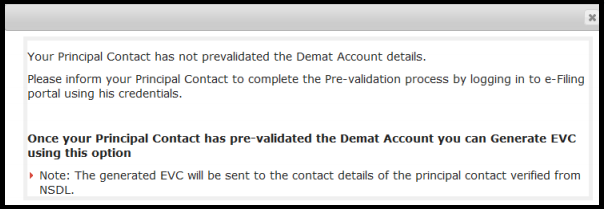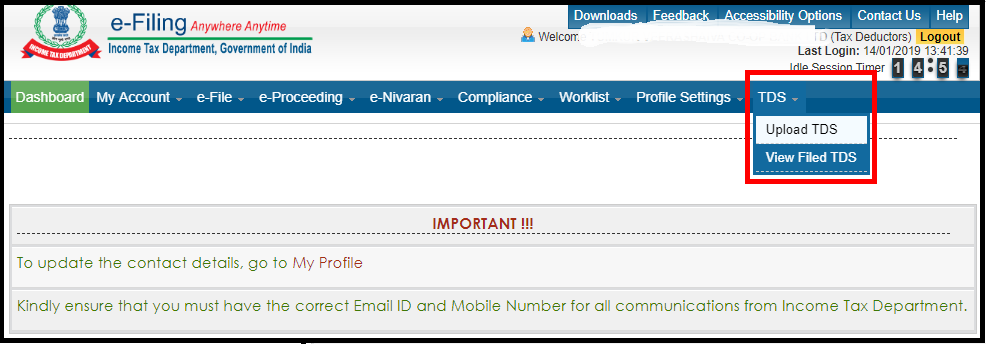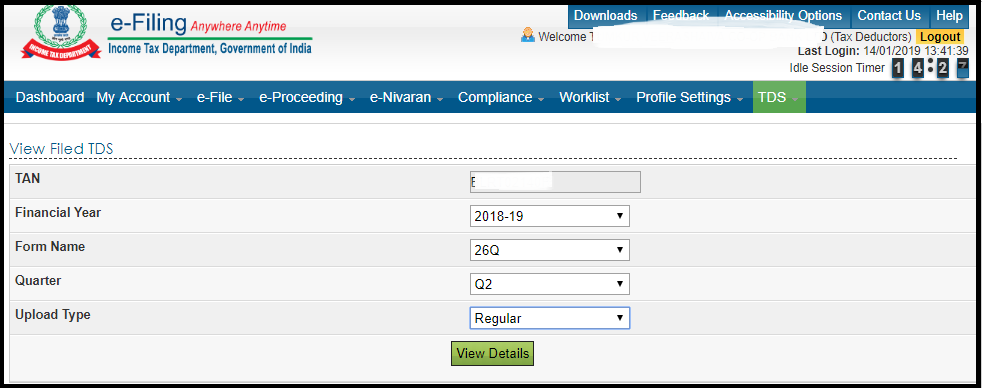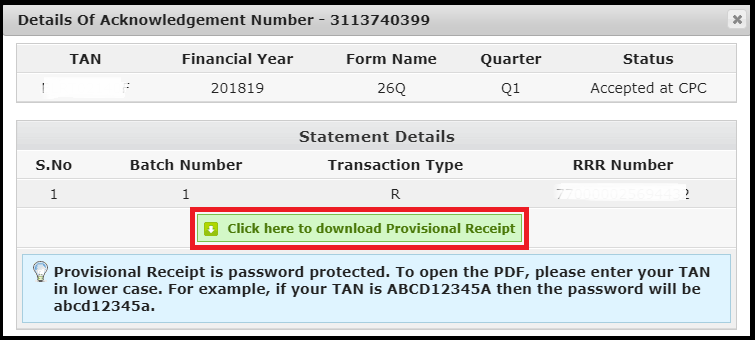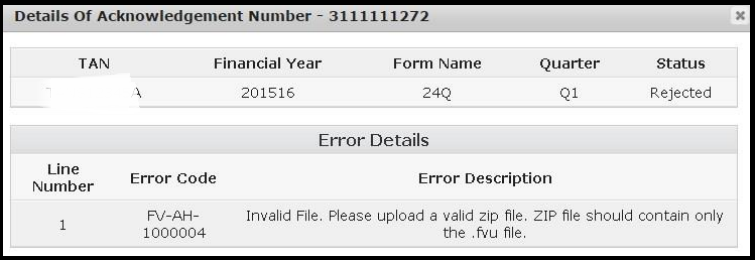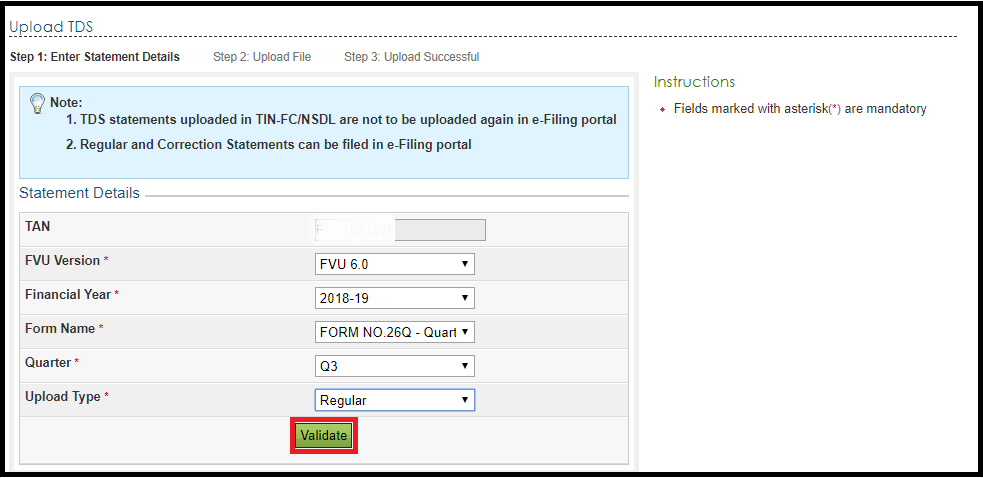Special provisions in respect of newly established Units in Special Economic Zones.
10AA. (1) Subject to the provisions of this section, in computing the total income of an assessee, being an entrepreneur as referred to in clause (j) of section 2 of the Special Economic Zones Act, 2005, from his Unit, who begins to manufacture or produce articles or things or provide any services during the previous year relevant to any assessment year commencing on or after the 1st day of April, 2006, but before the first day of April, 2021, the following deduction shall be allowed—
(i) hundred per cent of profits and gains derived from the export, of such articles or things or from services for a period of five consecutive assessment years beginning with the assessment year relevant to the previous year in which the Unit begins to manufacture or produce such articles or things or provide services, as the case may be, and fifty per cent of such profits and gains for further five assessment years and thereafter;
(ii) for the next five consecutive assessment years, so much of the amount not exceeding fifty per cent of the profit as is debited to the profit and loss account of the previous year in respect of which the deduction is to be allowed and credited to a reserve account (to be called the "Special Economic Zone Re-investment Reserve Account") to be created and utilized for the purposes of the business of the assessee in the manner laid down in sub-section (2).
Explanation.—For the removal of doubts, it is hereby declared that the amount of deduction under this section shall be allowed from the total income of the assessee computed in accordance with the provisions of this Act, before giving effect to the provisions of this section and the deduction under this section shall not exceed such total income of the assessee.
(2) The deduction under clause (ii) of sub-section (1) shall be allowed only if the following conditions are fulfilled, namely :—
(a) the amount credited to the Special Economic Zone Re-investment Reserve Account is to be utilised—
(i) for the purposes of acquiring machinery or plant which is first put to use before the expiry of a period of three years following the previous year in which the reserve was created; and
(ii) until the acquisition of the machinery or plant as aforesaid, for the purposes of the business of the undertaking other than for distribution by way of dividends or profits or for remittance outside India as profits or for the creation of any asset outside India;
(b) the particulars, as may be specified by the Central Board of Direct Taxes in this behalf, under clause (b) of sub-section (1B) of section 10A have been furnished by the assessee in respect of machinery or plant along with the return of income26 for the assessment year relevant to the previous year in which such plant or machinery was first put to use.
(3) Where any amount credited to the Special Economic Zone Re-investment Reserve Account under clause (ii) of sub-section (1),—
(a) has been utilised for any purpose other than those referred to in sub-section (2), the amount so utilised; or
(b) has not been utilised before the expiry of the period specified in sub-clause (i) of clause (a) of sub-section (2), the amount not so utilised,
shall be deemed to be the profits,—
(i) in a case referred to in clause (a), in the year in which the amount was so utilised; or
(ii) in a case referred to in clause (b), in the year immediately following the period of three years specified in sub-clause (i) of clause (a) of sub-section (2),
and shall be charged to tax accordingly :
Provided that where in computing the total income of the Unit for any assessment year, its profits and gains had not been included by application of the provisions of sub-section (7B) of section 10A, the undertaking, being the Unit shall be entitled to deduction referred to in this sub-section only for the unexpired period of ten consecutive assessment years and thereafter it shall be eligible for deduction from income as provided in clause (ii) of sub-section (1).
Explanation.—For the removal of doubts, it is hereby declared that an undertaking, being the Unit, which had already availed, before the commencement of the Special Economic Zones Act, 2005, the deductions referred to in section 10A for ten consecutive assessment years, such Unit shall not be eligible for deduction from income under this section :
Provided further that where a Unit initially located in any free trade zone or export processing zone is subsequently located in a Special Economic Zone by reason of conversion of such free trade zone or export processing zone into a Special Economic Zone, the period of ten consecutive assessment years referred to above shall be reckoned from the assessment year relevant to the previous year in which the Unit began to manufacture, or produce or process such articles or things or services in such free trade zone or export processing zone :
Provided also that where a Unit initially located in any free trade zone or export processing zone is subsequently located in a Special Economic Zone by reason of conversion of such free trade zone or export processing zone into a Special Economic Zone and has completed the period of ten consecutive assessment years referred to above, it shall not be eligible for deduction from income as provided in clause (ii) of sub-section (1) with effect from the 1st day of April, 2006.
(4) This section applies to any undertaking, being the Unit, which fulfils all the following conditions, namely:—
(i) it has begun or begins to manufacture or produce articles or things or provide services during the previous year relevant to the assessment year commencing on or after the 1st day of April, 2006 in any Special Economic Zone;
(ii) it is not formed by the splitting up, or the reconstruction, of a business already in existence:
Provided that this condition shall not apply in respect of any undertaking, being the Unit, which is formed as a result of the re-establishment, reconstruction or revival by the assessee of the business of any such undertaking as is referred to in section 33B, in the circumstances and within the period specified in that section;
(iii) it is not formed by the transfer to a new business, of machinery or plant previously used for any purpose.
Explanation.—The provisions of Explanations 1 and 2 to sub-section (3) of section 80-IA shall apply for the purposes of clause (iii) of this sub-section as they apply for the purposes of clause (ii) of that sub-section.]
(5) Where any undertaking being the Unit which is entitled to the deduction under this section is transferred, before the expiry of the period specified in this section, to another undertaking, being the Unit in a scheme of amalgamation or demerger,—
(a) no deduction shall be admissible under this section to the amalgamating or the demerged Unit, being the company for the previous year in which the amalgamation or the demerger takes place; and
(b) the provisions of this section shall, as they would have applied to the amalgamating or the demerged Unit being the company as if the amalgamation or demerger had not taken place.
(6) Loss referred to in sub-section (1) of section 72 or sub-section (1) or sub-section (3) of section 74, in so far as such loss relates to the business of the undertaking, being the Unit shall be allowed to be carried forward or set off.
(7) For the purposes of sub-section (1), the profits derived from the export of articles or things or services (including computer software) shall be the amount which bears to the profits of the business of the undertaking, being the Unit, the same proportion as the export turnover in respect of such articles or things or services bears to the total turnover of the business carried on by the undertaking:
Provided that the provisions of this sub-section [as amended by section 6 of the Finance (No. 2) Act, 2009 (33 of 2009)] shall have effect for the assessment year beginning on the 1st day of April, 2006 and subsequent assessment years.
(8) The provisions of sub-sections (5) 27 and (6) of section 10A shall apply to the articles or things or services referred to in sub-section (1) as if—
(a) for the figures, letters and word "1st April, 2001", the figures, letters and word "1st April, 2006" had been substituted;
(b) for the word "undertaking", the words "undertaking, being the Unit" had been substituted.
(9) The provisions of sub-section (8) and sub-section (10) of section 80-IA shall, so far as may be, apply in relation to the undertaking referred to in this section as they apply for the purposes of the undertaking referred to in section 80-IA.
(10) Where a deduction under this section is claimed and allowed in respect of profits of any of the specified business, referred to in clause (c) of sub-section (8) of section 35AD, for any assessment year, no deduction shall be allowed under the provisions of section 35AD in relation to such specified business for the same or any other assessment year.
Explanation 1.—For the purposes of this section,—
(i) "export turnover" means the consideration in respect of export by the undertaking, being the Unit of articles or things or services received in, or brought into, India by the assessee but does not include freight, telecommunication charges or insurance attributable to the delivery of the articles or things outside India or expenses, if any, incurred in foreign exchange in rendering of services (including computer software) outside India;
(ii) "export in relation to the Special Economic Zones" means taking goods or providing services out of India from a Special Economic Zone by land, sea, air, or by any other mode, whether physical or otherwise;
(iii) "manufacture" shall have the same meaning as assigned to it in clause (r) of section 2 of the Special Economic Zones Act, 2005;
(iv) "relevant assessment year" means any assessment year falling within a period of fifteen consecutive assessment years referred to in this section;
(v) "Special Economic Zone" and "Unit" shall have the same meanings as assigned to them under clauses (za) and (zc) of section 2 of the Special Economic Zones Act, 2005.
Explanation 2.—For the removal of doubts, it is hereby declared that the profits and gains derived from on site development of computer software (including services for development of software) outside India shall be deemed to be the profits and gains derived from the export of computer software outside India.
